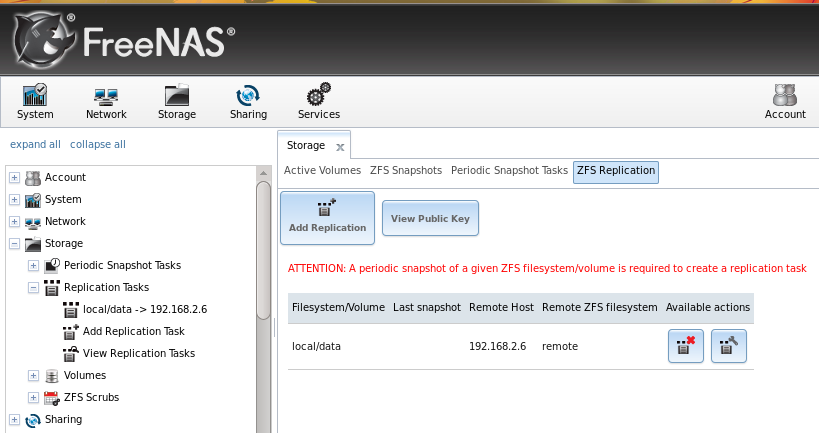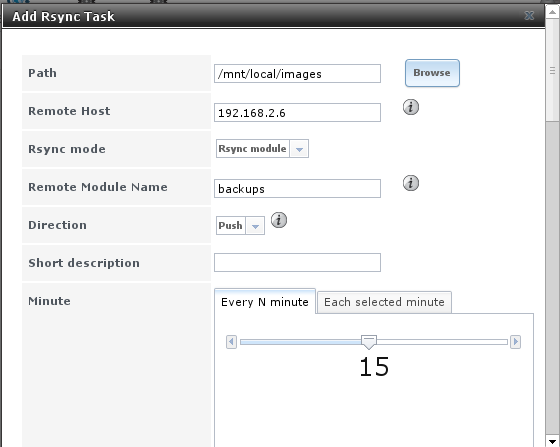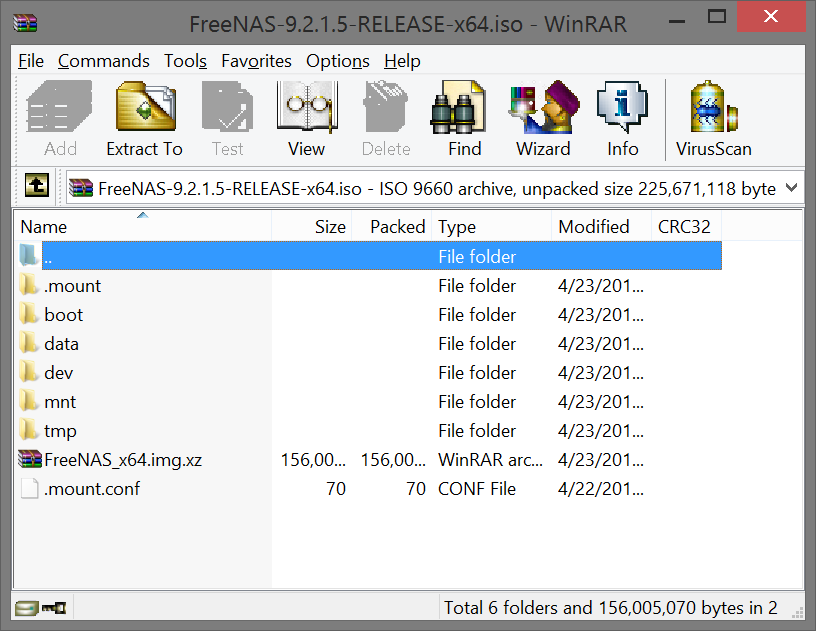For general testing and troubleshooting purposes I like to keep a copy of Backtrack installed on a USB drive. I was thinking to boot from the iso and install it another USB Stick, but no need even for that. Use fdisk to view the existing partition structure on the USB memory stick. Email will not be published required. You can download the latest version of the ISO at the link below. Thank you for your tutorial. Then execute the program by running win32diskimager. 
| Uploader: | Zulkree |
| Date Added: | 14 June 2014 |
| File Size: | 47.84 Mb |
| Operating Systems: | Windows NT/2000/XP/2003/2003/7/8/10 MacOS 10/X |
| Downloads: | 21551 |
| Price: | Free* [*Free Regsitration Required] |
You can use these HTML tags.
Installing FreeNAS 8 to USB on Windows « Networking How To's
The same procedure does still work. I was thinking to boot from the iso and install it another USB Stick, but no need even for that. They both base on FreeBSD. Email will not be published required.
This program will transfer the raw disk image onto the USB drive.
Index of /pub/iso/freeNAS/8.3.1/x86
Use something like the following to find the device name: The process described in this post can be used for i nstalling pfSense from USB. Then select the drive letter of the USB drive in from the device dropdown box.
I believe all of the configuration settings are stored on the USB drive and would probably be lost unless you can somehow recover the data or have a config backup. This example is using the 64bit version of FreeNAS, however the same will apply to the 32bit version, as long as you update the file names in the examples to suit the 32bit file names. Is there any risk that I lose the content of the hard disks by running a new version of FreeNas?
However I am a bit confused as to how to apply this method to Freenas 9. Hi Sam, thanks for putting together this How-To. Before the image file can be loaded on a USB drive it must be decompressed to your hard drive.
Index of /8.3.2/RELEASE/x86/
I actually just tested it the other day using the latest FreeNAS 9. Make sure you get the USB memory stick device name and not a local hard disk. Yes that should be correct.
You can download the latest version of the ISO at the link below.
Proceeding on your frednas risk About to overwrite the contents of disk 5 with new data. Select the version, and architecture you intend to install from the download page then download the img. Am I going to lose the settings that I had in the previous system? When you write the image to the flash drive it will apply the necessary file structure automatically.

Share this howto article! How does it store my personal configuration changes?

This seems much more straightforward than a full installation from. It should work if you test it.

Close 7-Zip once the extract has completed. This may help to determine what device is your USB stick.
> FreeNAS > FreeNAS - LQ ISO
Using the link to the most recent version, only the ISO file is available not the image as you indicated in your step by step. Home About Us Links. The compressed file is only about MB in size but uncompressed it freenass up to 2GB so make sure to extract it to a location with enough space.
Make sure freenas is extracted into the same folder as where you extracted the FreeNAS-x You can simply plug in a USB memory stick with FreeNAS installed to it, configure it to share out one or more of the drives, and access the data from the network.

Comments
Post a Comment